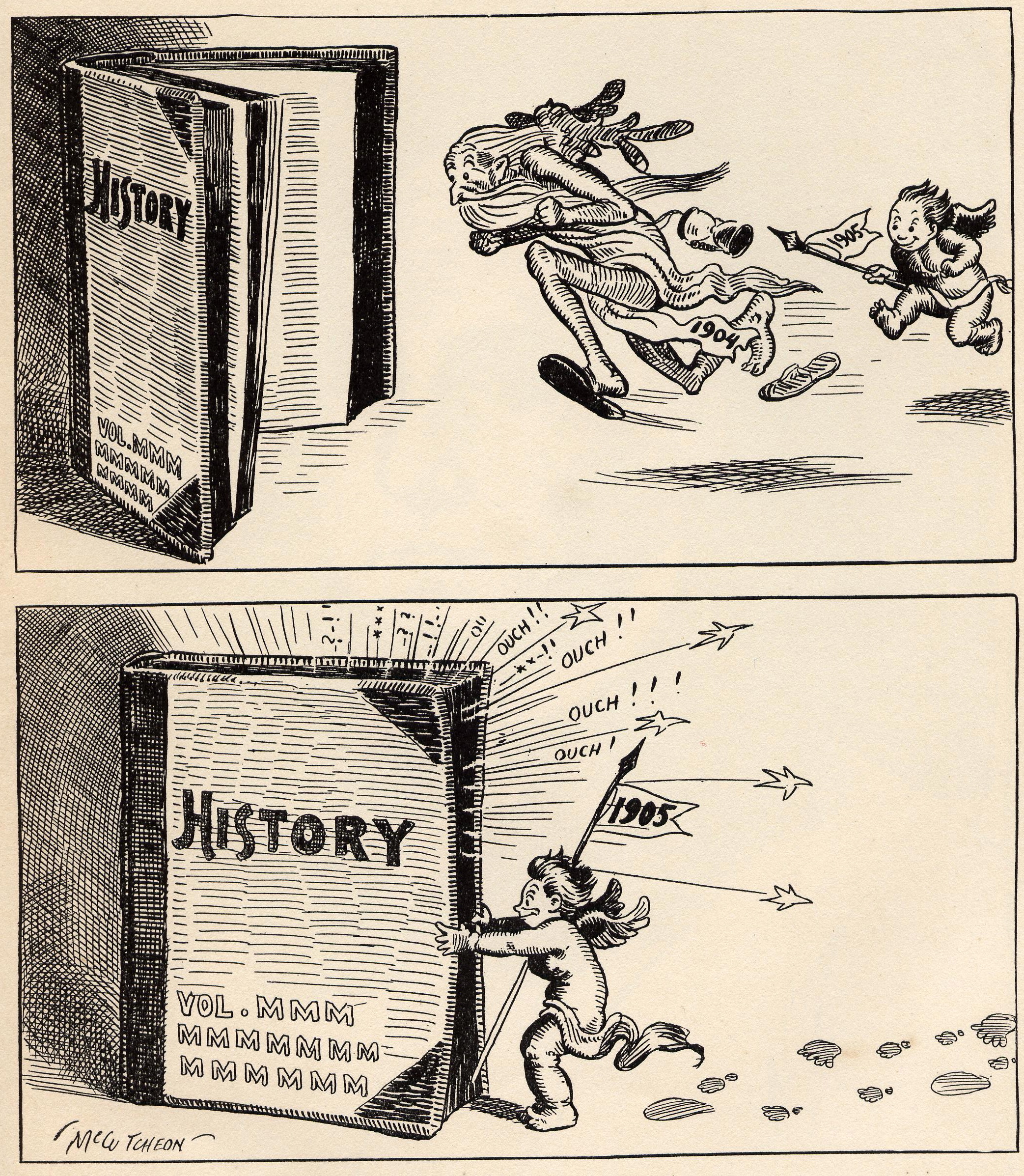|
August Kirsimägi
August Kirsimägi (born Adalbert August Kirschenberg; September 21, 1905 – August 29, 1933 Tallinn) was an Estonian writer. Early life and education August Kirsimägi was born Adalbert August Kirschenberg in Vahi, Estonia, the son of Juhan Kirschenberg (1870–1936) and Mari Kirschenberg (née Paas, 1872–1957). He graduated from Hugo Treffner High School in 1925. He then studied (until his death) at the University of Tartu's Faculty of Law without graduating. Career In 1925, Kirsimägi won first prize with his abstinence-related work "Kõige parem võitlusviis alkoholi vastu Eestis" (The Best Way to Fight Alcohol in Estonia)—but he had given up abstinence before receiving the award. The fraternal organization Korporatsioon Sakala issued a blacklisting decision () against him. He appeared in the Estonian feature film ''Esimese öö õigus'' (1925), in which he jumped into the water from Tartu's Stone Bridge. Kirsimägi published the first and so far the only corporati ... [...More Info...] [...Related Items...] OR: [Wikipedia] [Google] [Baidu] |
Vahi, Tartu County
Vahi is a small borough (') in Tartu Parish, Tartu County in eastern Estonia. It has a population of 1,620 (as of 31 December 2011). On 4 July 2022, parts of Vahi and the village of Tila Tila may refer to: Places * Tila, Chiapas, a town in southern Mexico * Tila, Israel, a planned city in southern Israel * Tila, Jumla, rural municipality in Karnali province, Nepal * Tila, Raebareli, a village in Uttar Pradesh, India Other * T ... were merged into a new settlement unit, the borough of Raadi. Notable people Notable people that were born or lived in Vahi include the following: * August Kirsimägi (1905–1933), writer References Boroughs and small boroughs in Estonia Tartu Parish {{Tartu-geo-stub ... [...More Info...] [...Related Items...] OR: [Wikipedia] [Google] [Baidu] |
Tallinn
Tallinn is the capital city, capital and List of cities in Estonia, most populous city of Estonia. Situated on a Tallinn Bay, bay in north Estonia, on the shore of the Gulf of Finland of the Baltic Sea, it has a population of (as of 2025) and administratively lies in the Harju County, Harju ''Counties of Estonia, maakond'' (county). Tallinn is the main governmental, financial, industrial, and cultural centre of Estonia. It is located northwest of the country's second largest city, Tartu, however, only south of Helsinki, Finland; it is also west of Saint Petersburg, Russia, north of Riga, Latvia, and east of Stockholm, Sweden. From the 13th century until the first half of the 20th century, Tallinn was known in most of the world by variants of its other historical Names of Tallinn in different languages, name Reval. “Reval” received Lübeck law, Lübeck city rights in 1248; however, the earliest evidence of human settlement in the area dates back nearly 5,000 years. The ... [...More Info...] [...Related Items...] OR: [Wikipedia] [Google] [Baidu] |
Rahumäe Cemetery
Rahumäe (Estonian for 'peace hill' or 'quiet hill') is a subdistrict () in the district of Nõmme, Tallinn, the capital of Estonia. It covers an area of and has a population of 3,075 (), and a population density of . Rahumäe has a railway station on the Elron western route. Rahumäe Cemetery and Tallinn's Jewish cemetery A Jewish cemetery ( ''beit almin'' or ''beit kvarot'') is a cemetery where Jews are buried in keeping with Halakha, Jewish tradition. Cemeteries are referred to in several different ways in Hebrew, including ''beit kevarot'' (house of s ... are located in Rahumäe. Gallery File:Rahumäe jaama hoone.jpg, Rahumäe train station File:Rahumäe raudteepeatus (tänapäev).jpg, Rahumäe railway station File:Rahumäe sõjaväejaama hoone.jpg, Ruins of the former narrow gauge railway station building File:Rahumäe kalmistu.jpg, Entrance of Rahumäe Cemetery File:Juudi kalmistu kabel.jpg, Chapel at the Jewish cemetery File:Järve Keskus 2557.JPG, Jär ... [...More Info...] [...Related Items...] OR: [Wikipedia] [Google] [Baidu] |
Hugo Treffner Gymnasium
Hugo Treffner Gymnasium (; abbreviated as HTG) is a secondary school in Tartu, Estonia with special emphasis on science education. Founded by Hugo Treffner, it was the only large secondary school in 19th-century Estonia with predominantly Estonians, Estonian students and no age restrictions. During the Estonian national awakening, it greatly contributed to the numbers of Estonian intellectuals. History Hugo Treffner Gymnasium was founded by Baltic German Hugo Hermann Fürchtegott Treffner on 7 December 1883. The Treffner family originated from Austria, connected to the royal family in the 1600s. During the Thirty Years' War the family fled to Estonia. By the end of 1884, there were a total of 65 students studying various subjects in German Language, German. The school was special for offering secondary education to peasants. At the end of the year, a prep class was opened to teach languages and Treffner became a 4-class Gymnasium (school), progymnasium. In 1886 and 1887, anothe ... [...More Info...] [...Related Items...] OR: [Wikipedia] [Google] [Baidu] |
University Of Tartu
The University of Tartu (UT; ; ) is a public research university located in the city of Tartu, Estonia. It is the national university of Estonia. It is also the largest and oldest university in the country.About the University University of Tartu The university was founded under the name of ''Academia Gustaviana'' in 1632 by Baron Johan Skytte, the of Swedish Livonia, |
Korporatsioon Sakala
Korporatsioon Sakala (abbreviated Korp! Sakala) is a fraternal organization of Estonian higher education students. It was established at the University of Tartu on November 14, 1909. History Korporatsioon Sakala was established at the University of Tartu on November 14, 1909. Its goal is to strengthen academic bonds and support its membersmorally and materially. With its activities, Sakala intends to improve Estonia’s self-governance, preserve and advance its culture, and support the realization of the ideas of democracy. Korp! Sakala's convent house at Veski 69 is one of the architectural masterpieces in Tartu, planned by renowned Finnish national architects Armas Lindgren and Wivi Lönn and completed in 1911. The high ceilings, prominent hall, and plenty of space make it ideal for a student corporation. In 1941 the building was hit by an incendiary bomb, leaving only the walls standing. During the Second World War it was used as a medical station and command post. After ... [...More Info...] [...Related Items...] OR: [Wikipedia] [Google] [Baidu] |
Esimese öö õigus
''Esimese öö õigus'' (Jus primae noctis) was an Estonian feature film made in 1925. It was directed by Balduin Kusbock, who also wrote the screenplay. The film is considered lost. Plot Matthias Johann Eisen's poem "Kuldja" (1923) can be considered the inspiration behind the film. The young woman Helja Vainola is a nurse during the Estonian War of Independence. In the infirmary, she meets a wounded English lieutenant, John Smith, who has volunteered for the war. The young people fall in love, and John asks for Helja's hand in marriage, but the girl wants to finish her medical studies at the university. Returning to Estonia after a few years, John accidentally strikes an old professor while driving to Helja's farm and takes him to Helja to recover. At John's request, the professor talks about the history of the Estonians and the ancient struggle for freedom. He reads a story about this dark period of serfdom from his manuscript, which comes to life on the screen as follows. T ... [...More Info...] [...Related Items...] OR: [Wikipedia] [Google] [Baidu] |
Stone Bridge (Tartu)
Stone Bridge () was a bridge in Tartu, Estonia. The bridge was opened on 16 September 1784. The bridge was built on the orders of Empress Catherine II of Russia. The bridge was destroyed during WWII in 1941. Today, Kaarsild Kaarsild ('Arch Bridge') is a pedestrian bridge in Tartu, Estonia. The bridge connects the city's centre and the Ülejõe, Tartu, Ülejõe District. The bridge was built in 1957–1959 on the site of the former Stone Bridge (Estonia), Stone Bri ... stands where the bridge used to be. There are plans to restore the bridge to its original glory. References Bridges in Tartu 18th-century architecture in Estonia History of Tartu Bridges completed in 1784 Estonia in World War II {{Tartu-stub ... [...More Info...] [...Related Items...] OR: [Wikipedia] [Google] [Baidu] |
1905 Births
As the second year of the massive Russo-Japanese War begins, more than 100,000 die in the largest world battles of that era, and the war chaos leads to the 1905 Russian Revolution against Nicholas II of Russia (Dmitri Shostakovich, Shostakovich's Symphony No. 11 (Shostakovich), 11th Symphony is subtitled ''The Year 1905'' to commemorate this) and the start of Revolution in the Kingdom of Poland (1905–07), Revolution in the Kingdom of Poland. Canada and the U.S. expand west, with the Alberta and Saskatchewan provinces and the founding of Las Vegas. 1905 is also the year in which Albert Einstein, at this time resident in Bern, publishes his four Annus Mirabilis papers, ''Annus Mirabilis'' papers in ''Annalen der Physik'' (Leipzig) (March 18, May 11, June 30 and September 27), laying the foundations for more than a century's study of theoretical physics. Events January * January 1 – In a major defeat in the Russo-Japanese War, Russian General Anatoly Stessel su ... [...More Info...] [...Related Items...] OR: [Wikipedia] [Google] [Baidu] |
1933 Deaths
Events January * January 11 – Australian aviator Sir Charles Kingsford Smith makes the first commercial flight between Australia and New Zealand. * January 17 – The United States Congress votes in favour of Philippines independence, against the wishes of U.S. President Herbert Hoover. * January 28 – "Pakistan Declaration": Choudhry Rahmat Ali publishes (in Cambridge, UK) a pamphlet entitled ''Now or Never; Are We to Live or Perish Forever?'', in which he calls for the creation of a Muslim state in northwest India that he calls "Pakistan, Pakstan"; this influences the Pakistan Movement. * January 30 ** Nazi Party leader Adolf Hitler is appointed Chancellor of Germany (German Reich), Chancellor of Germany by President of Germany Paul von Hindenburg. ** Édouard Daladier forms a government in France in succession to Joseph Paul-Boncour. He is succeeded on October 26 by Albert Sarraut and on November 26 by Camille Chautemps. February * February 1 – Adolf Hitle ... [...More Info...] [...Related Items...] OR: [Wikipedia] [Google] [Baidu] |



